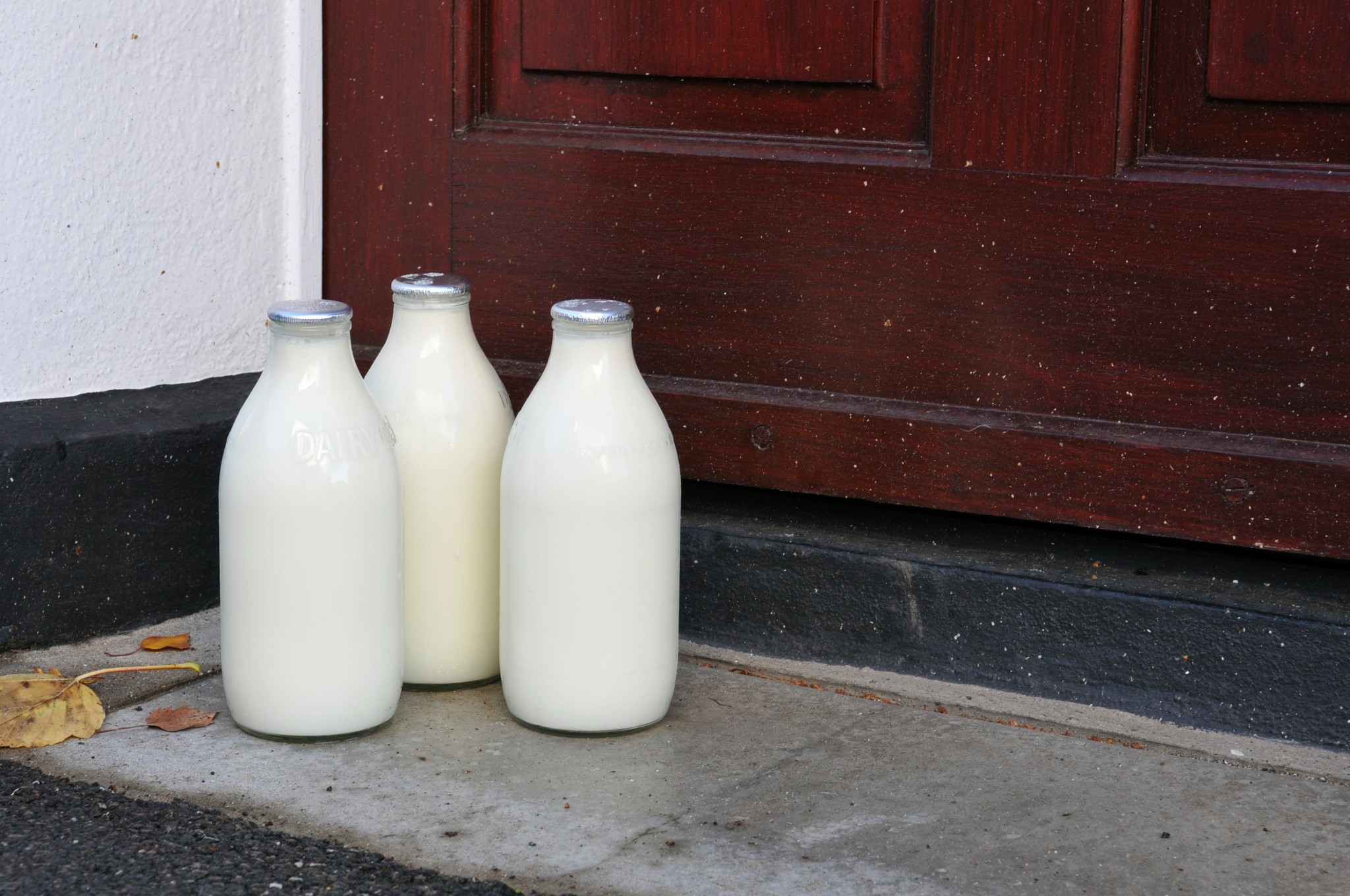If you are a milkman, being able to drive standing up can save you one hour each day.
As the milkman pictured below explains, “In the old trucks, you’d drive standing up. No seats. I actually liked that better, because when you make 200 deliveries a day, climbing out of a seat and seat belt every time adds an hour to your day. But safety laws change and you adapt.”

Where are we going? To the jobs that were eliminated by structural changes in the economy.
According to the USDA, in 1963, 30% of the milk in U.S. was delivered to our doorstep. By the 1990s, we were down to 1%.
Obsolete Professions
Similarly, pinsetters, icemen and street lamp lighters have all but disappeared. In bowling alleys, from the beginning of the 20th century to the 1940s, a pingirl or a pinboy would have been stationed near the gutters waiting to pick up and reset the pins after they were knocked down. Until the 1940s, many of us needed an iceman to deliver the 25 to 100 pound chunks of ice that chilled our refrigerators. And, as in NYC until electrification, we had lamplighters who lit 200 to 300 gas streetlights an hour.
The Bottom Line and Structural Unemployment
Indeed, with the arrival of electricity, the auto, and the transistor, we had progress as a plus and structural unemployment as a minus until jobless workers were retrained with skills that were more suited to the new economy. And now economists debate whether unemployment during the Great Recession (December 2007-June 2009) was structural or caused by a downturn in the business cycle.
Our bottom line: Sort of like the shift of seismic plates, structural change creates a new economic landscape where old industries disappear and new ones replace them because of technological change.






The economic problem appears to be that the new technology invariably requires less human effort.
Yes….and less creative thinking?